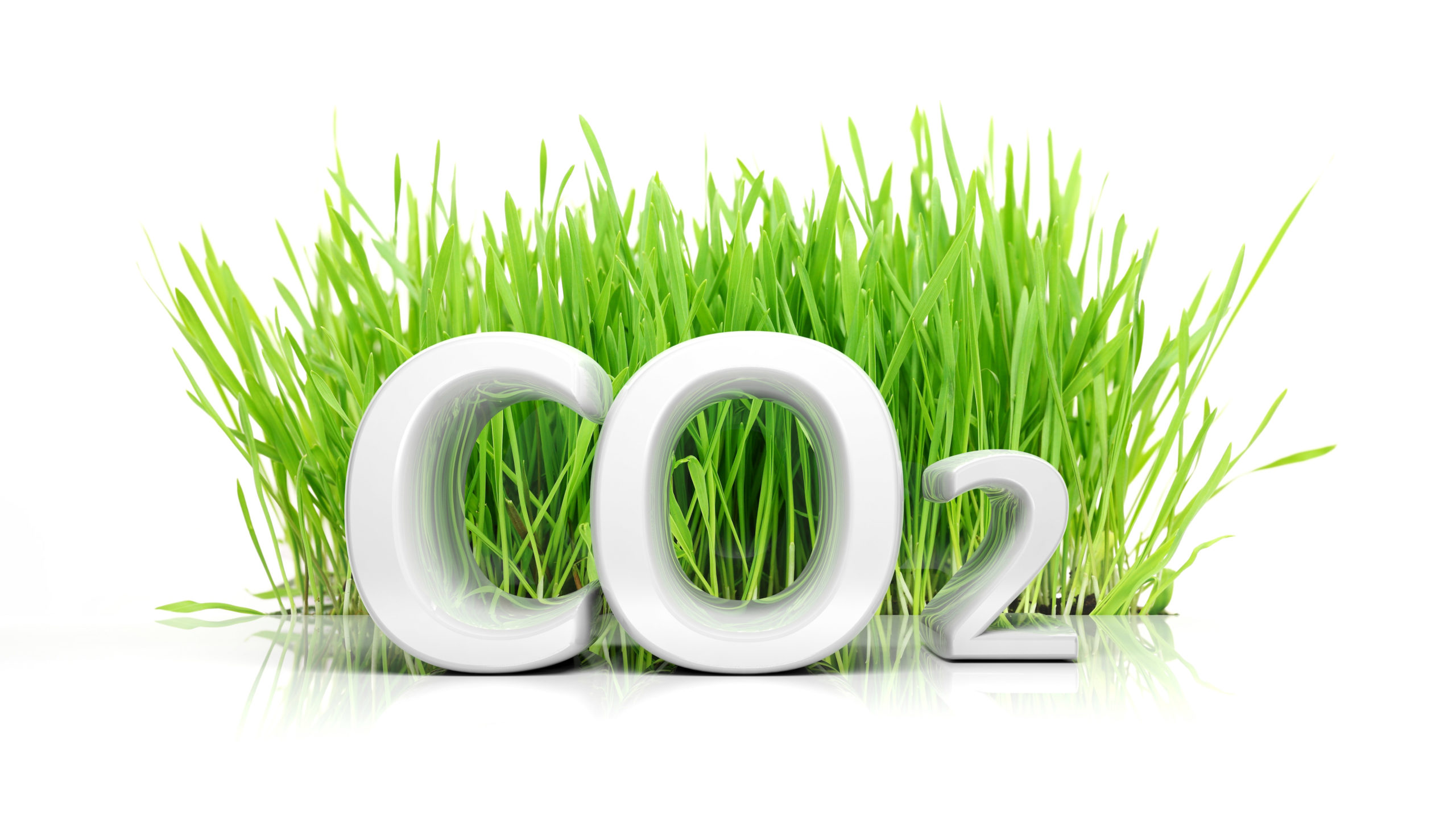Grass Is a protector of nature
Turns out, one of life’s most important superheroes was in your backyard the whole time
It cleanses the air
Turf grasses in the United States annually cleanse the air of an estimated 12 million tons of dust and dirt, along with many common impurities such as carbon dioxide.
It catches carbon
A healthy, average-size U.S. lawn (about 10,000 square feet) collects and stores up to 300 pounds of carbon per year.
It absorbs pollutants
Pollutants, such as carbon dioxide and sulfur dioxide, are absorbed by turfgrasses thereby rendering the air fit to breathe. American lawns capture about 5% of the carbon dioxide from the atmosphere each year.
It cools the earth
Eight average natural front lawns have an estimated cooling impact equal to 70 tons of air conditioning.


It's cooler than asphalt
Literally and figuratively! On sunny days, surface air temperatures over lawns stay 10° to 14° Fahrenheit cooler than over asphalt or concrete. Plus, it just looks better than asphalt, rocks and dirt.
It produces oxygen
Oxygen generation by turfgrasses has a major impact in making our environment habitable. A 50’x 50′ lawn produces enough oxygen for a family of four.
It makes dogs smile
Dogs, pets and humans prefer recreating on grass than other materials. On a hot day, what would you rather sit on, grass or dirt, rocks and asphalt? Pretty simple decision.
Head Office
6601 W Deschutes Ave., Suite C-2, Kennewick, WA 99336
Call Us
(509) 585-5460
EMAIL US
Fill out our Contact Form
